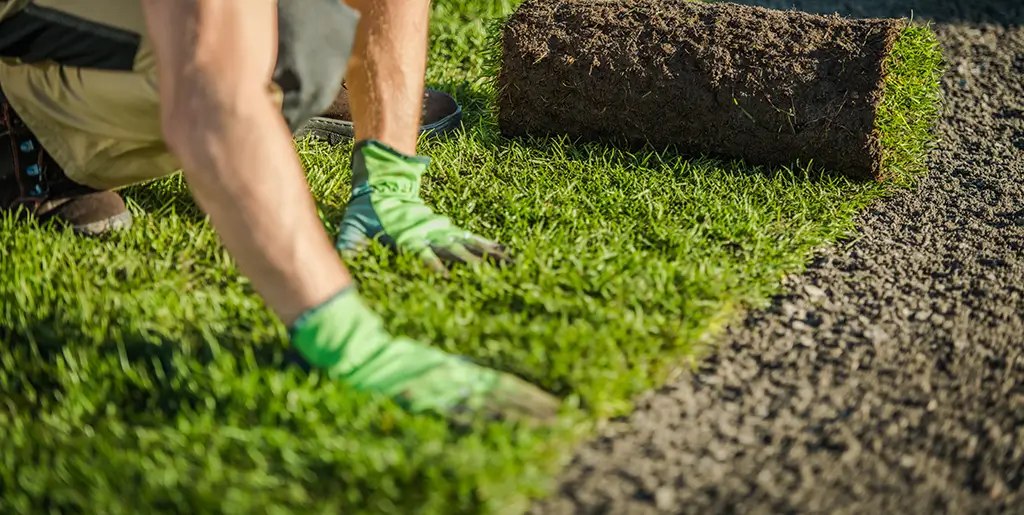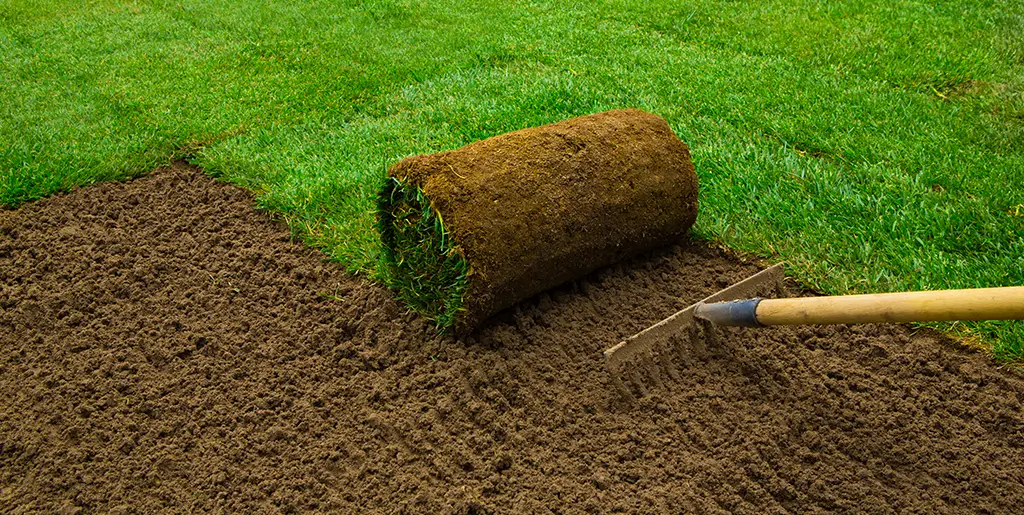
A well-maintained lawn enhances property value and aesthetic appeal, making it a vital feature for many homeowners. However, finding the right turf that fits both your needs and budget can be challenging. This comprehensive guide will help you navigate the process of choosing the best turf near me while sticking to a budget.
Understanding Your Needs
Assessing Lawn Size and Use
The first step in choosing the best turf is to assess your lawn’s size and intended use. The size of your lawn will directly impact the cost, as larger areas will require more turf. Additionally, consider how you plan to use your lawn. Will it be a space for recreational activities, a serene garden area, or something else? The usage will determine the type of turf that best suits your needs.
Climate Considerations
Local climate plays a crucial role in selecting the right turf. Different grasses thrive in different climates. For instance, Bermuda grass is excellent for warm climates, while Kentucky Bluegrass is ideal for cooler regions. Understanding your climate will help you choose a turf that not only fits your budget but also requires minimal maintenance.
Soil Type and Preparation
Soil quality is another essential factor. Good soil ensures healthy turf growth, reducing the need for costly fertilizers and treatments. Perform a soil test to determine the soil’s pH and nutrient content. Based on the results, you might need to amend the soil to create an ideal growing environment for your chosen turf.
Types of Turf Available
Natural Turf
Natural turf, or natural grass, is the most traditional option. Different types of natural grasses include:
- Bermuda Grass: Ideal for warm climates, it’s durable and drought-resistant.
- Fescue Grass: Suitable for cooler climates, it stays green year-round.
- Kentucky Bluegrass: Popular in cooler regions, known for its lush, dark green colour.
Each type has its own cost and maintenance requirements. Natural turf generally has lower upfront costs but can incur higher long-term maintenance expenses, including watering, mowing, and fertilization.
Artificial Turf
Artificial turf has gained popularity because of its low maintenance and long-term cost savings. While the initial installation cost is higher, it eliminates the necessity for watering, mowing, and fertilization. Artificial turf is known for its durability and ability to withstand heavy use, making it a cost-effective option in the long run.
Hybrid Options
Hybrid turfs combine elements of natural and synthetic turfs. They offer the aesthetic appeal of natural grass with the durability and minimal maintenance of artificial turf. Although hybrid turfs can be more expensive initially, they strike a balance between cost, maintenance, and appearance.
Setting a Realistic Budget
Initial Costs vs. Long-term Costs
When budgeting for turf, it’s essential to consider both initial costs and long-term expenses. Natural turf may have a lower purchase price but higher ongoing maintenance costs. In contrast, artificial turf has a higher upfront cost but minimal maintenance expenses. Take into consideration your budget and how much you’re willing to spend over time.
Cost-saving Tips
Here are some practical tips to save money on your turf purchase:
- Buy During Sales: Look for seasonal sales and discounts at local garden centers and nurseries.
- Bulk Purchasing: Buying in bulk can often decrease the price per square foot.
- Local Suppliers: Opting for local suppliers can save on shipping and transportation costs.
Budget Breakdown
Here’s a sample budget breakdown for different types of turf:
- Natural Turf: $1 – $2 per square foot for the turf, plus $0.50 – $1 per square foot for installation and soil preparation.
- Artificial Turf: $5 – $20 per square foot, including installation.
- Hybrid Turf: $3 – $7 per square foot, with additional costs for installation.
These estimates can vary based on location, quality of materials, and other factors. Adjust your budget to meet your specific needs and conditions.

Finding the Best Deals
Researching Local Suppliers
To find the best turf near me, start by researching local suppliers. Look for online reviews and ratings, ask for referrals from friends or neighbours, and visit local garden centers to compare prices and options. By personally visiting suppliers, you can thoroughly examine the quality of the turf prior to making a purchase.
Seasonal Sales and Discounts
Taking advantage of seasonal sales can significantly reduce your costs. Many suppliers offer discounts during off-peak seasons or holiday sales. Planning your purchase around these times can yield substantial savings.
Negotiation Tips
Don’t hesitate to negotiate with suppliers. Many are willing to offer discounts, especially if you’re buying in bulk or during a slow sales period. Be polite but firm in your negotiations to secure the best deal possible.
Quality vs. Cost
Balancing Act
Balancing quality and cost is crucial to getting the best value for your money. While it’s tempting to go for the cheapest option, lower-quality turf can result in higher maintenance costs and a shorter lifespan. Invest in good-quality turf that fits within your budget to ensure long-term satisfaction.
Inspecting Turf Quality
When inspecting turf, look for the following quality indicators:
- Colour: Healthy turf should have a consistent, vibrant colour.
- Texture: It should feel soft and dense underfoot.
- Root System: A strong root system indicates healthy turf.
Inspecting these factors will help you choose the best quality turf for your budget.
Warranties and Guarantees
Warranties and guarantees provide peace of mind and protect your investment. Reputable suppliers often offer warranties on their products, covering defects and ensuring quality. Ensure you understand the terms and conditions of any warranty offered.
Installation and Maintenance
DIY vs. Professional Installation
Installing turf yourself can save money, but it requires time, effort, and some expertise. Professional installation ensures proper laying and long-term durability but comes at a higher cost. Evaluate your skills and time availability to decide which option is best for you.
Maintenance Practices
Proper maintenance is key to a beautiful, long-lasting lawn. For natural turf, this includes regular mowing, watering, fertilizing, and aeration. Artificial turf requires less maintenance but still needs occasional cleaning and brushing to maintain and keep it looking its best.
Cost-effective Maintenance Tips
Here are some tips to minimize ongoing maintenance costs:
- Water Wisely: Use efficient irrigation systems to reduce water usage.
- Mow Correctly: Keep your mower blades sharp and mow at the correct height to promote healthy growth.
- Fertilize Properly: Use slow-release fertilizers to reduce the frequency of applications.
Implementing these practices will help you maintain a beautiful lawn without overspending.
Choose the Best Turf
Choosing the best turf near me involves careful consideration of your needs, budget, and the various types of turf available. By understanding your lawn’s requirements, setting a realistic budget, and balancing quality with cost, you can find the perfect turf to enhance your property’s appeal. Remember to research local suppliers, take advantage of seasonal discounts, and prioritize quality to ensure long-term satisfaction. With these tips, you’ll be well on your way to a beautiful, cost-effective lawn that meets all your needs.
For personalized advice and top-quality turf options, consider reaching out to Lavington Turf Farms – your local experts ready to help you achieve the perfect lawn. Contact us today!